Kanavth
investment thesis
The US dollar is facing challenges from de-dollarization, the debt crunch, a possible economic recession, and the rise of cryptocurrencies such as bitcoin (BTC-USD). Against this background, the popularity of bitcoin has grown. After ending the first quarter on a strong note, it is entering a consolidation phase and will have a chance to get back above $32000.
Technical Analysis: Entering Consolidation, the Next Major Resistance at $32000
Driven by a number of factors, including tighter monetary policies and bank crises, the crypto market performed strongly in Q1 2023, with the total market cap increasing by 49% to $1.19 trillion. BTC is up 72% to close at $28,440, while Ethereum (ETH-USD) is up 53% at $1,827.
BTC rallied again after testing the support at $15,000 in the first quarter. And in a new quarter, BTC is also entering a new journey in terms of weekly and monthly lines.
We applied the Donchian Channel (“DC”) Indicator to assess market volatility. From the weekly chart, we can see that BTC’s weekly line is still below the mid-band of $32,000 and has been slightly volatile for more than two weeks after a strong rally. It looks like BTC is still in the consolidation phase after the weekly rally. Meanwhile, the Average True Range (ATR) indicator has emerged from a long-term downtrend but is still at the low point in the cycle, indicating that the market is still in consolidation. Therefore, combining the two indicators, we believe that if the weekly line meaningfully breaks above the middle band, while the ATR indicator also reverses and breaks, it means that BTC will enter a strong uptrend. , and it is advisable to enter. market at the right time.
Bing Ventures
BTC’s monthly line has just experienced three consecutive bullish candles, but it has yet to recover losses from last June when BTC started at $35,000. Combined with the center line of the DC indicator on the weekly chart, we believe $32,000 could be the next key resistance level. Applying the DC indicator, we can see that the monthly line for BTC is still below the middle band but above the lower band. Meanwhile, the ATR indicator remains in a long-term downtrend. This means that an immediate reverse may not be in sight. as the indicator increased outflow from stablecoins And capital outflow from exchanges Also confirm that the rebound is not sustainable.
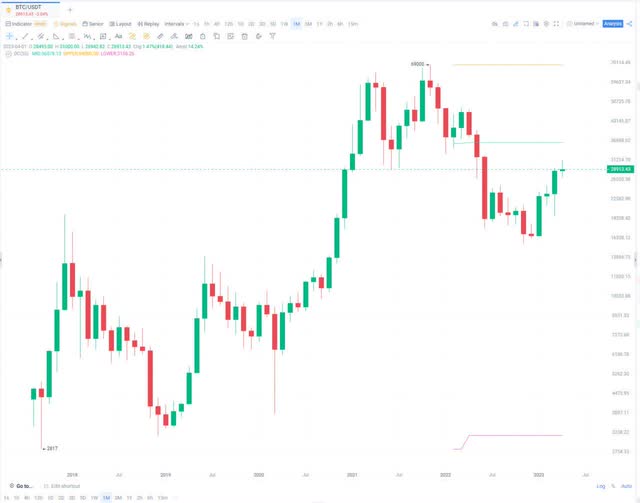
Bing Ventures
Macro environment: Fed tightening cycle nears end, multipolar reserve system in motion
US non-farm payrolls data for April to be released May 5 was better than expected and showed labor market resilience. Meanwhile, inflation slowed again in the Consumer Price Index (CPI) report released on April 12. While market concerns over the vulnerability of the US dollar index have increased, given that economic activity is at a reasonable level and inflationary pressures have eased, we believe the Fed’s tightening monetary cycle may be nearing an end. .
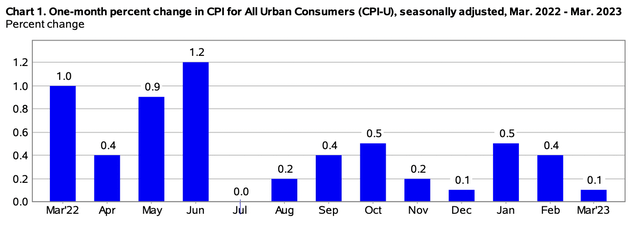
Bureau of Labor Statistics
First, the Fed’s aggressive tightening policy resulted in massive capital inflows, leading to a global US dollar deficit. While the USD dollar shortage intensified, it did not pose a liquidity risk. And Global capital flows into dollar-denominated assets slow down in Q1 2023, Therefore, we believe that the USD index may decline to the lowest level in the year in the coming weeks and subsequently remain sideways.
Most importantly, the Russia-Ukraine war has made it clear to those in the US dollar system that US dollar reserves can be frozen by the US. Gradual separation from the US dollar and multi-polarisation will be the trend of global financial markets.
One possible outcome of this trend is for bitcoin to strengthen its position in the global financial landscape. And the performance of US stocks and US Treasuries confirmed favorable macro conditions that favor this trend.
US stocks performed in line with expectations in the first quarter and technical indicators with both fundamentals in a bullish mode. Firstly, Personal consumption expenditure (PCE) grew less than expected at 5.1% year-on-year in February indicated a reduction in inflationary pressure, which bodes well for the stock market. Second, the US economy remained strong and corporate profits continued to rise, supporting a rally in US stocks. Third, the employment rate looked good. And on the policy front, a change in the Federal Reserve’s stance also contributed to easing pressure on the market.
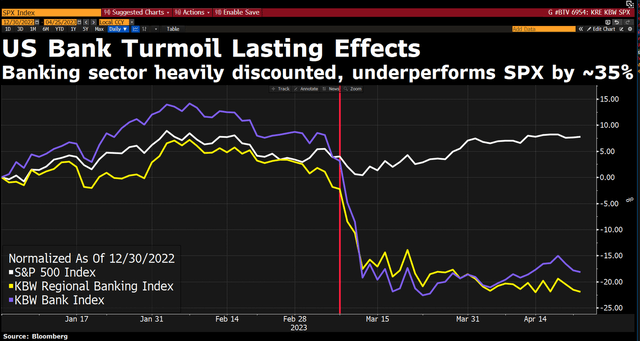
Bloomberg
In Q1, the S&P 500, Dow Jones, and Nasdaq all performed strongly, with the Nasdaq led by an outperformance of tech stocks. Shares of both Meta and Tesla soared more than 60%. In contrast, bank stocks fared poorly. The KBW Nasdaq Bank Index and the KBW Nasdaq Regional Banking Index both declined.
It must be acknowledged that the overall rise of the S&P 500 has masked the sluggishness of the overall market and large tech stocks have become a safe harbor for investors. We believe that the US economy is at the crossroads of choosing between continued growth in the stock market and economic recession and that one of the biggest risks facing the market in the coming months will be the US economy falling into stagnation.
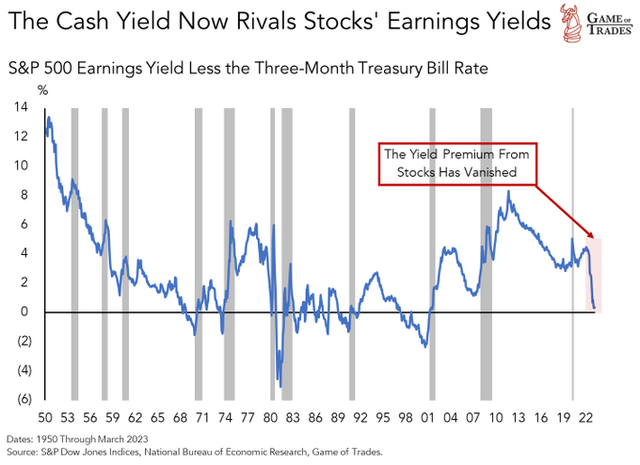
S&P Dow Jones Index
The ongoing Q1 earnings season and key economic data releases should have a big impact on market performance, especially data on co-op profits and economic growth. A more accommodative Fed stance would be conducive to a market recovery.
The performance of US stocks in the second quarter is unpredictable due to the continued existence of some of the uncertainties of the previous year, particularly the impact of rate hikes on the US economy. Although the S&P 500 has been in sideways movement recently, increasing daily volatility has made it difficult to assess the true health of the market. As S&P 500 companies sequentially release their Q1 earnings, we believe EPS forecasts will be lowered. Furthermore, we expect the trend of narrowing profit margins to continue towards the end of the year before restoring growth.
The US 10-year Treasury yield is often in long-term downtrends, but every time it rises to the upper end of the downtrend channel, a global financial crisis has occurred. This time, the speed and degree of its upward success was unprecedented in 40 years. Currently, the yield curve of US Treasuries is turning increasingly positive, which could be a harbinger of a US economic slowdown. The UK and the euro-zone were major buyers of US Treasuries, while Japan and Korea “reluctantly” pulled money out of the market and China continued to cut holdings. We believe international capital flows to the US will slow further in Q2 and may also record a net reduction in foreign purchases.
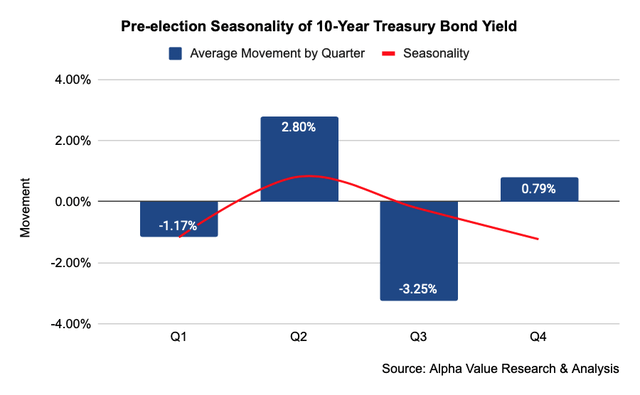
Alpha Value Research & Analysis
Affected by the recent banking crisis, investors’ expectations for the US 10-year Treasury yield for the next three months should move to the downside, but mainstream opinion for it will still fluctuate within 3.4%~3.6%.
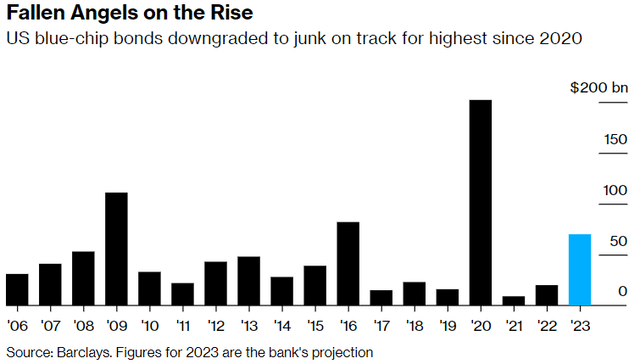
barclays
According to Treasury International Capital ReportAt least 16 countries sold US Treasuries in January this year, including China, Belgium, Luxembourg, Ireland, Brazil, France, Saudi Arabia, Germany, Mexico, Israel, Kuwait, Colombia, Sweden, the Bahamas, Vietnam and Peru. This trend reflects a growing recognition of the adverse effects of the US debt-based economic model and appears that monetary authorities of various countries are increasingly aware of the unreliability of US debt which is a major asset supporting the US dollar. .
Conclusion: BTC is headed back above $32,000
We believe that as the debt crisis has caused the fiat currencies of some countries to collapse, BTC will demonstrate its power to challenge the current debt-based financial system. As loan sizes continue to grow, BTC will command an increasingly large proportion of the loan recycling pool as a source of capital. In the second half of 2023, we predict BTC will exceed $32,000, thanks to catalysts that include a slowdown in inflation, mitigation of energy issues, a ceasefire in the Russia-Ukraine war, and a reversal of the M2 supply trend. Is.
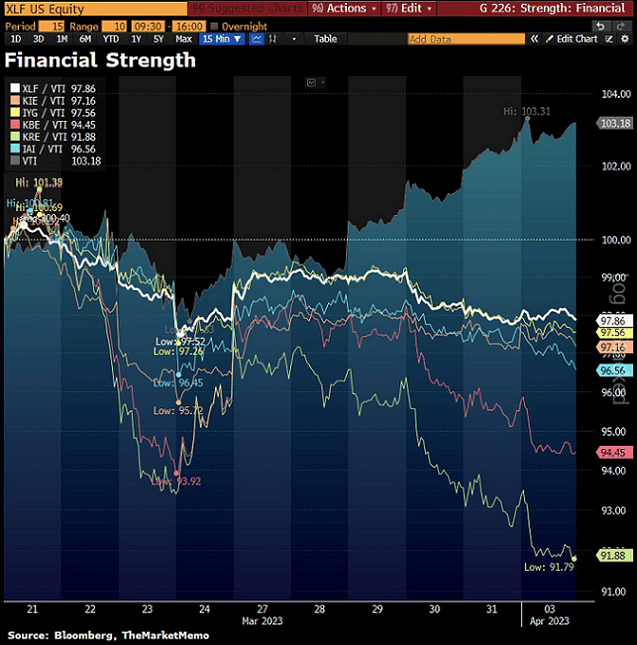
Bloomberg, The Market Memo
The above factors will collectively initiate a new bull cycle. Consumers will gradually view bitcoin as a store of value and as a hedge against M2 inflation rather than a direct hedge against CPI inflation. Especially in the central regions of emerging markets that are fraught with friction from multi-polarization, BTC will become one of the perfect natural alternatives to the dominance of the US Dollar. Meanwhile, if the US economy slips into recession in either of our expectations, the Fed will probably hold off on rate hikes and the excess money supply and deficit in the government budget will continue.
As rivals to the US dollar system have less power and discretion than the controller of the US dollar system, the possibility of some authoritarian politicians weaponizing their fiat currencies is fundamentally eliminated. In this context, the narrative of bitcoin as a completely stateless currency makes it a more reasonable choice. It is conceivable that the mass adoption of bitcoin could significantly reduce the potential for conflict between political interest groups.
In short, we are at a turning point in the economic cycle, and while the Fed focuses its attention on economic growth and managing inflation, it will face even greater challenges if the economy hits an unexpected crisis. In that case, BTC would be able to return above $32,000 if there is no specific negative news for the cryptocurrency.
source: seekingalpha.com